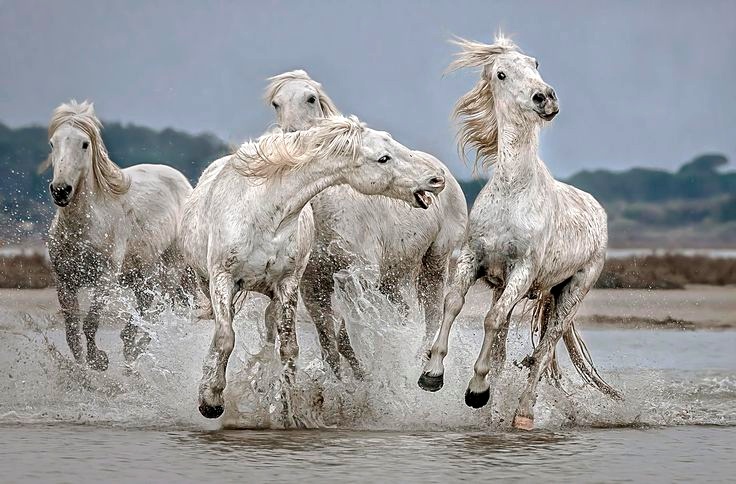Riding a horse is a beautiful experience, however, there may be times when you’re riding and your horse begins to chomp on the bit. This can be a frustrating experience for both you and your horse, so it’s important to understand the reasons why your horse might be chomping on the bit and how to address this behaviour.
What is Chomping on the Bit?
Chomping on the bit is when a horse chews or grinds its teeth on the bit of a bridle while being ridden. This behaviour can be uncomfortable for the horse and can also be unsafe. It is often seen as a sign of discomfort and a way for the horse to try and release pressure or tension.
What Causes Chomping on the Bit?
There are a number of different reasons why a horse might be chomping on the bit. Here are some of the most common causes:
Mouth Pain:
Mouth pain can be caused by a number of different issues, from bad teeth to ulcers. If your horse is showing signs of pain in their mouth, it’s important to have them checked out by a vet.
Improper Bit Fit:
If the bit does not fit correctly, it can cause discomfort and lead to chomping. Make sure the bit fits correctly and is the right size for your horse’s mouth.
Incorrect Use of the Bit:
If the bit is used incorrectly, it can cause pain and discomfort for the horse. Make sure you’re using the bit correctly and not applying too much pressure.
Rider’s Position:
If the rider is using incorrect posture or is not balanced in the saddle, this can cause the horse to feel uncomfortable and may result in chomping on the bit.
Lack of Training:
If a horse has not been properly trained, they may not understand or respond to the cues from the bit and may resort to chomping in an attempt to get the rider’s attention.
How to Stop My Horse From Chomping on the Bit:
Now that you know some of the causes of chomping on the bit, it’s time to look at how to address this behaviour. Here are some tips for preventing and stopping your horse from chomping on the bit:
Check for Mouth Pain:
The first step is to ensure that your horse is not experiencing any mouth pain. Have them checked out by a vet to rule out any medical issues that may be causing the chomping.
Check the Bit Fit:
Make sure the bit fits your horse correctly and is the right size for their mouth. If the bit is too big or too small, it can cause discomfort and lead to chomping.
Rider Position:
Work on improving your riding position and balance. Make sure you’re sitting correctly in the saddle and that your legs and arms are in the correct position.
Use the Bit Correctly:
It’s important to use the bit correctly in order to avoid causing pain or discomfort to your horse. Make sure you’re not using too much pressure and that you’re using the correct cues.
Train Your Horse:
Make sure your horse is properly trained and understands the cues from the bit. If your horse does not understand the cues, they may resort to chomping in order to get your attention.
Conclusion
Chomping on the bit can be a frustrating behaviour for both you and your horse. It’s important to understand the causes of this behaviour and how to address it. By checking for mouth pain, making sure the bit fits correctly, improving your riding position, using the bit correctly, and training your horse, you can help to prevent and stop your horse from chomping on the bit and make riding more enjoyable for both you and your horse.

